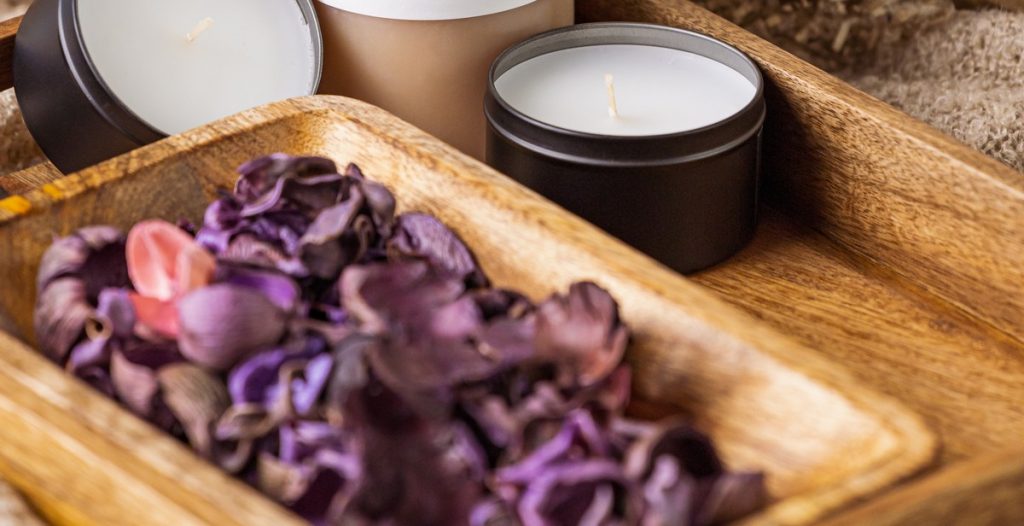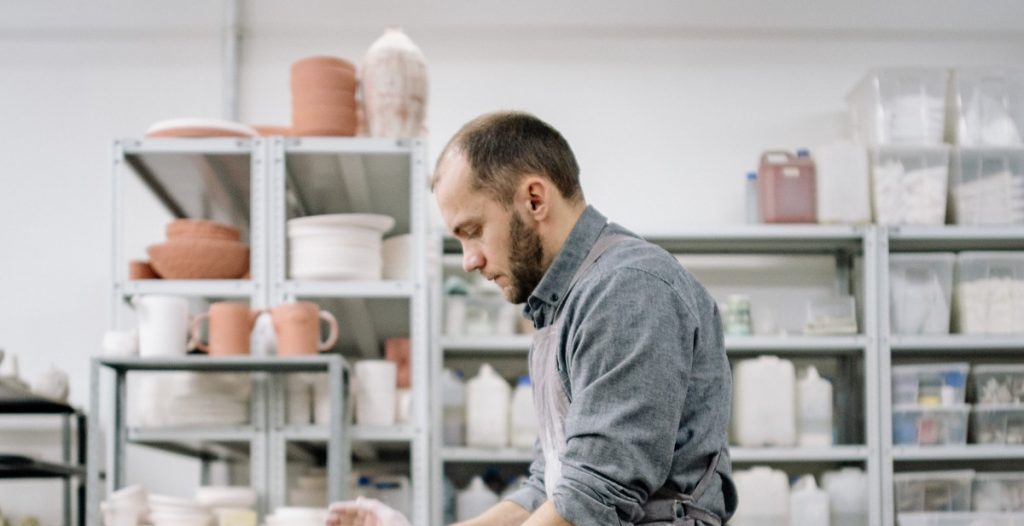Understanding the role of fragrance throw in candle performance
Candles have been used for centuries for their warm glow and soothing aroma. In recent years, scented candles have become increasingly popular, with a wide variety of fragrances available to suit every taste. However, not all scented candles are created equal. One important factor to consider when choosing a scented candle is its fragrance throw.
What is fragrance throw in candles?
Fragrance throw refers to the strength of a candle’s scent and how far it can travel in the surrounding space. A candle with a good fragrance throw will release its scent into the air, filling the room with a pleasant aroma. On the other hand, a candle with a weak fragrance throw will only release a faint scent, making it difficult to detect.
The fragrance throw of a candle is influenced by several factors, including the quality and amount of fragrance oil used, the type of wax used, the size and shape of the candle, and the environment in which the candle is burned.
In this article, we will explore the role of fragrance throw in candle performance and provide tips for selecting candles with optimal fragrance throw.

Factors Affecting Fragrance Throw
The ability of a candle to release its fragrance into the surrounding environment is referred to as fragrance throw. Several factors can affect the fragrance throw of a candle. Understanding these factors can help you to create candles with optimal fragrance throw, which can enhance the overall candle experience.
Wax Type
The type of wax used in candle making plays a significant role in the fragrance throw. Soy wax, for instance, has a lower melting point than paraffin wax. As a result, it requires a lower temperature to melt, which can affect the release of fragrance. Soy wax also has a more substantial molecular structure than paraffin wax, which can make it more challenging for fragrance oils to penetrate fully. On the other hand, paraffin wax has a higher melting point and a more open molecular structure, which can allow fragrance oils to disperse more readily.
Fragrance Load
The amount of fragrance oil used in candle making is another critical factor that can affect fragrance throw. Using too little fragrance oil can result in a weak fragrance throw, while using too much can cause the fragrance to become overpowering. The recommended fragrance load varies depending on the wax type, candle size, and fragrance type. Generally, a fragrance load of 6-10% is recommended for most waxes.
Candle Shape and Size
The shape and size of a candle can also impact fragrance throw. Candles with a larger surface area, such as pillar candles, tend to have a better fragrance throw than those with a smaller surface area, such as tea light candles. Additionally, the wider the candle, the more evenly the fragrance will be distributed throughout the room. Taller candles may also have a better fragrance throw because they have a longer burn time, allowing the fragrance to disperse more gradually.
Wick Type and Size
The wick used in a candle can also affect fragrance throw. A wick that is too small for the candle size may not burn hot enough to release the fragrance, resulting in a weak fragrance throw. A wick that is too large, on the other hand, may burn too hot and quickly, causing the fragrance to evaporate before it can be fully released. The recommended wick size varies depending on the wax type, candle size, and fragrance load. It is essential to choose the right wick size to ensure optimal fragrance throw.
| Factor | Effect on Fragrance Throw |
|---|---|
| Wax Type | Can affect the release of fragrance |
| Fragrance Load | Too little or too much can result in weak or overpowering fragrance throw |
| Candle Shape and Size | Large surface area and wider candles tend to have a better fragrance throw |
| Wick Type and Size | Choosing the right wick size is essential for optimal fragrance throw |

Tips to Improve Fragrance Throw
One of the most important aspects of candle performance is fragrance throw. It refers to the strength and intensity of the scent that a candle emits when it burns. A strong fragrance throw is what makes a candle appealing and enjoyable to use. Here are some tips to improve fragrance throw:
Use High-Quality Fragrance Oils
The quality of the fragrance oil you use has a direct impact on the fragrance throw of your candle. Always use high-quality fragrance oils that are specifically designed for candle making. These oils are formulated to provide a strong and consistent scent throw when used in candles. Avoid using perfume oils or essential oils that are not intended for candle making, as they may not provide the desired fragrance throw.
Measure Accurately
Accurate measurement of fragrance oil is crucial to achieving a strong fragrance throw. Use a digital scale to measure the fragrance oil by weight, as it is more accurate than measuring by volume. Always follow the recommended fragrance load for the type of wax you are using, as using too much or too little fragrance oil can affect the fragrance throw of your candle.
Stir Thoroughly
Thoroughly stirring the fragrance oil into the melted wax is essential to ensure that the fragrance is evenly distributed throughout the candle. Use a stirrer or a spoon to mix the fragrance oil into the wax for at least two minutes. Be sure to scrape the sides and bottom of the container to ensure that all the fragrance oil is incorporated into the wax.
Cure the Candle
Curing the candle refers to allowing it to rest for a certain period of time after it has been made. This process allows the fragrance to fully bind with the wax, resulting in a stronger fragrance throw. The recommended curing time for candles is usually 2-3 days, but it may vary depending on the type of wax and fragrance oil used. Be sure to follow the recommended curing time for your specific candle.
Burn the Candle Properly
The way you burn your candle can also affect its fragrance throw. To ensure a strong fragrance throw, burn your candle for at least two hours during the first burn. This allows the wax to melt evenly and the fragrance to disperse throughout the room. Trim the wick to 1/4 inch before each burn to ensure a clean and even burn. Avoid burning the candle for more than four hours at a time, as this can cause the fragrance to become less noticeable.
By following these tips, you can improve the fragrance throw of your candles and create a more enjoyable and satisfying experience for your customers.

Conclusion
Understanding the role of fragrance throw in candle performance is crucial for creating high-quality candles that meet the expectations of consumers. The fragrance throw is the ability of a candle to release its scent into the surrounding environment, and it is affected by several factors such as the type and quality of wax, wick size, and fragrance concentration.
The Importance of Fragrance Throw in Candle Making
Fragrance throw is a critical factor that determines the quality of a candle. A candle with a weak fragrance throw will not be appealing to consumers, while a candle with a strong fragrance throw will leave a lasting impression on consumers, and they are more likely to repurchase the candle.
Factors Affecting Fragrance Throw
Several factors affect fragrance throw, including the type and quality of wax, wick size, and fragrance concentration. The type and quality of wax used in candle making significantly affect the fragrance throw. Soy wax has a better fragrance throw than paraffin wax, while beeswax has the weakest fragrance throw.
Final Thoughts
Creating high-quality candles with an excellent fragrance throw requires attention to detail and a deep understanding of the factors that affect fragrance throw. Candle makers must carefully select the wax, wick, and fragrance concentration to achieve the desired fragrance throw. By understanding the role of fragrance throw in candle performance, candle makers can create candles that meet the expectations of consumers and stand out in the highly competitive candle market.



